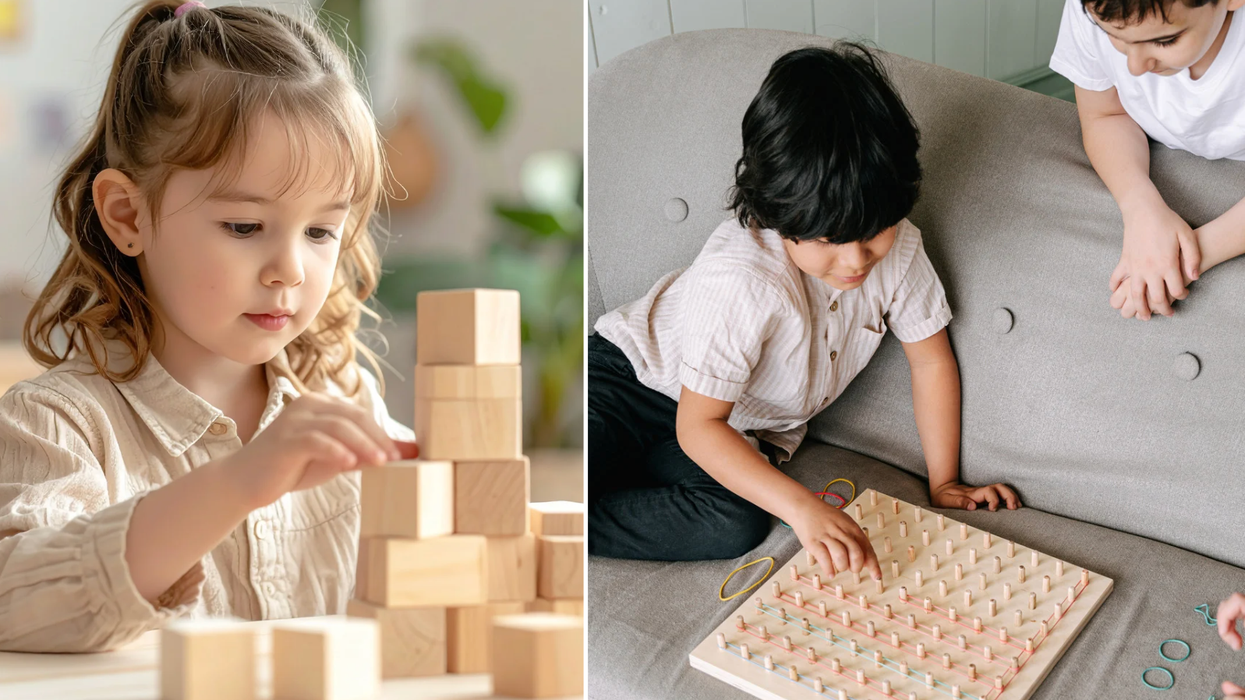This post is part of a series from students in the Master of Arts in Social Design program at Maryland Institute College of Art, which focuses on how design can reimagine solutions to world challenges. Over eight weeks, MASD students have each shared part of their personal thesis journey. See the whole series at good.is/MASD.
With a baby strapped to her back, Mrs. Kang (real name not mentioned) and her husband trudged through Baltimore’s cold February rain towards the bus stop. It will be their first time riding a bus since they arrived in Baltimore just a few days ago. Unaccustomed to their new surroundings, the Burmese family—just like many other newly arrived refugees in Baltimore—often encounter new experiences, drastically different from what they were used to.
My job as the cultural orientation intern at International Rescue Committee (IRC) in Baltimore includes teaching recently arrived refugees in America how to ride the bus. Something as normal as putting coins and dollar bills into a vending machine to retrieve a ticket can often be complicated and terrifying to the average refugee adjusting to a foreign city. For those who are not prepared for American life, culture shock is common throughout their introduction to their new home.
According to the U.S. Department of State, in 2012, the United States hosted over 58,000 refugees from around the world. The IRC in Baltimore is one of nine organizations that work with the federal government to assist refugees as they start their lives here. They have refugee resettlement programs in 22 cities across the country, where they provide access to the “tools of self-reliance: housing, job placement and employment skills, clothing, medical attention, education, English-language classes and community orientation.” Along with those services, the Baltimore branch provides a weeklong cultural orientation program that introduces American culture to refugees as they adapt to new lifestyles and surroundings.
My thesis work and involvement with IRC includes designing the curriculum for an exit orientation program for refugees who are transitioning from an eight-month period of receiving support from caseworkers to a more self-sufficient lifestyle. Part of the curriculum will include activities like visiting the Top of the World Observatory in Baltimore to discuss the topic of community engagement, familiarizing them with the department of social services where they will continue to receive aid in food stamps, money management and health insurance. The goal of my work is to provide refugees with the knowledge and resources they will need to not only be able to find answers on their own, but to make America a country where they can succeed in achieving their goals.
When looking at social problems, designers aren’t always the first profession that comes to mind; however, they uniquely encompass a variety of skills that are integral for social change initiatives: they are researchers, problem solvers, doers, and creative thinkers. In discovering these multi-facetted elements of social design work, I’ve learned how valuable it is to be both flexible and patient. By exercising receptive and perceptive attitudes, the revealing of design opportunities that seed social innovative solutions have become more clear. With each iteration of the curriculum, the use of common design skills including: creative brainstorming, prototyping, and systems thinking were methods used to develop activities that are culturally relevant, fun, and personal to each refugee.
With the creation of the exit orientation program, refugees who are moving on from the support of their caseworkers will be exposed to further introductions designed to help refugees set long-term goals, and provide important resources.
Photo courtesy of the International Rescue Committee.
The International Rescue Committee (IRC) responds to the world’s worst humanitarian crises and helps people to survive and rebuild their lives. For 80 years, they have offered lifesaving care and life-changing assistance to refugees forced to flee from war, persecution or natural disaster. At work today in over 40 countries and 22 U.S. cities, the IRC leads the way from harm to home. For more information go to www.rescue.org.
















 Otis knew before they did.
Otis knew before they did.